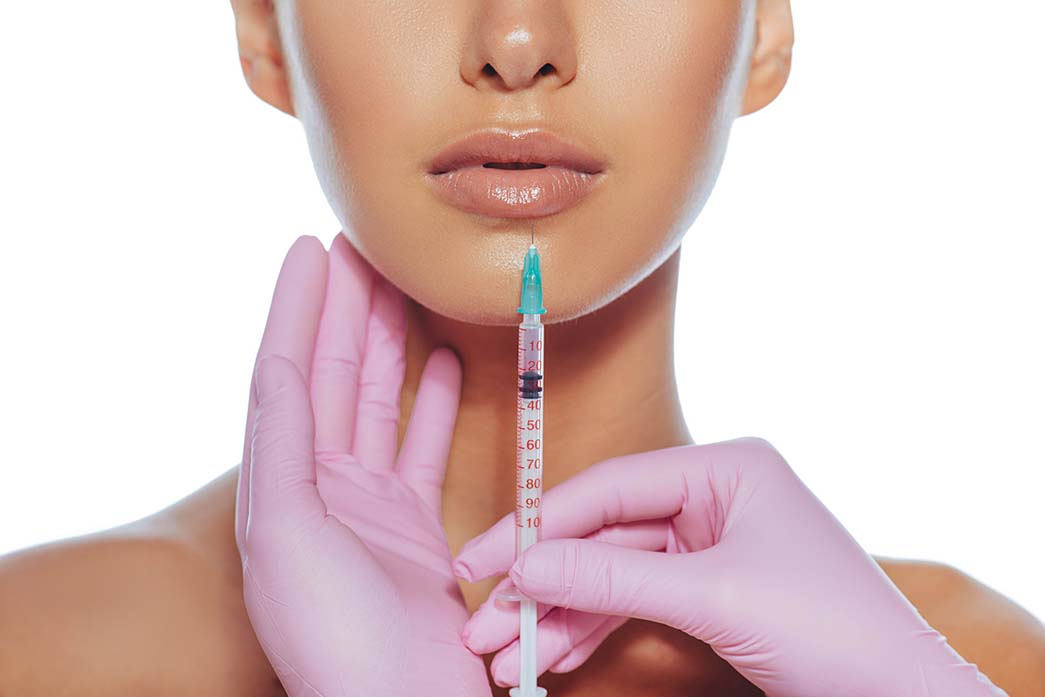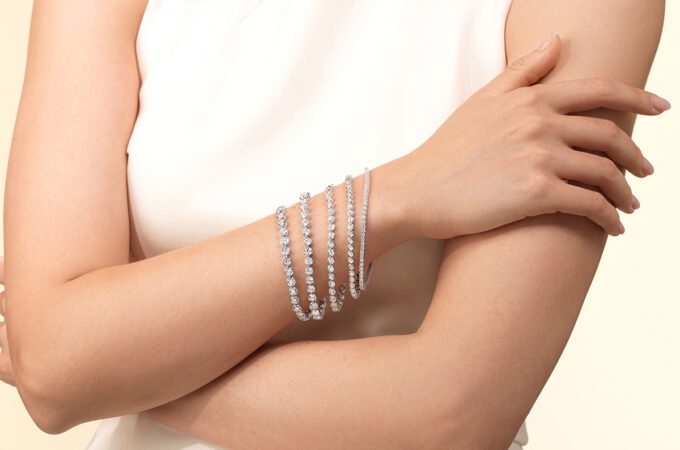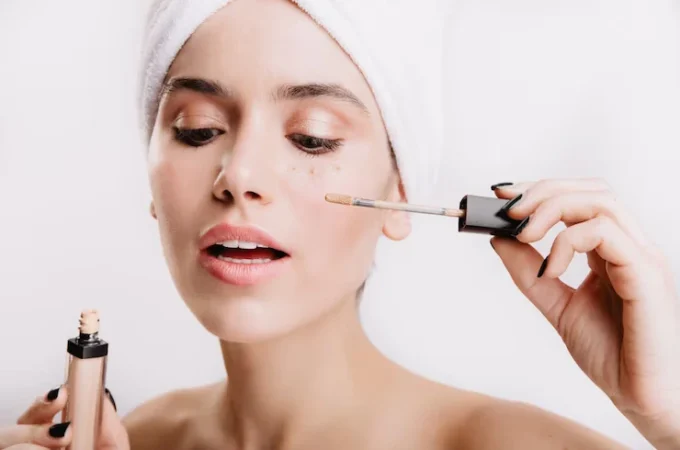
What is Revolax Deep Used For?
Take a look at this cosmetic filler has gained popularity among those seeking aesthetic enhancements. In the realm of cosmetic medicine, where numerous dermal fillers abound, identifying the optimal product can prove to be quite challenging. The selection of the ideal filler, whether for personal use or for a client, often hinges on several pivotal considerations, including longevity, ease of application, outcomes, composition, and naturally, cost.
A multitude of factors contribute to the reliability, top-notch quality, and premium standing of dermal fillers. REVOLAX seems to encompass all these attributes. It has solidified its position as a prominent choice in the world of dermal fillers, a feat that is hardly surprising given its widespread distribution across the nation.
The REVOLAX Deep range, enriched with lidocaine, deserves special mention. This dense and enduring gel was expressly designed to address more profound wrinkles. This hyaluronic acid-based, exclusive formulation filler is tailored for injections into the deeper strata of the dermis and subcutaneous tissue.
Key Features
Scientific research confirms that REVOLAX outperforms other leading brands in wrinkle correction results thanks to its unique structure that provides long-lasting results and minimal migration. When injected, it has the most consistent extrusion force compared to four other popular filler brands. Originally developed in the beauty capital of the world, South Korea, revolax deep for lips is a monopoly hyaluronic acid (HA) gel that has gained popularity in the aesthetics industry. Thanks to its rich list of components, REVOLAX provides a stable and homogeneous monopoly formula structure, promoting natural volume, smooth injections, and strengthening the skin’s supporting structure.
Moreover, it employs a novel bonding method that does not rely on free hyaluronic acid (HA) to modify the physical characteristics of the gel composition. REVOLAX also contains animal-derived hyaluronic acid and all-natural substances that are suited to human skin tissue. REVOLAX also has a flexible consistency, which offers instant and long-term volume to the injection area while ensuring natural-looking results.
It should also be noted that revolax deep with lidocaine is medically certified Class III with CE Marking, which confirms its safety and approval for use in the UK.

Considering these factors, Revolax Deep for Cheeks is consistently gaining more recognition and has transformed into a prominent player in the global dermal filler industry. REVOLAX meets stringent quality standards and undergoes thorough ISO testing and dialysis procedures, as well as extensive independent scientific research, bolstering its extensive range of assertions. Collectively, these factors substantiate its distinction as “The Preferred Dermal Filler Worldwide”
REVOLAX Deep Filler with Lidocaine has a higher viscosity than Fine, but is not as thick as Sub-Q. The effects of this product last for 12–18 months, and it is also biodegradable and contains no animal ingredients. This filler is ideal for non-surgical rhinoplasty and volumetric augmentation of the cheeks, chin, and lips.
It is important to note, however, that REVOLAX Deep with Lidocaine is not suggested for pregnant or breastfeeding women, those under the age of 18, or anyone with a proven allergy to hyaluronic acid or lidocaine. It is also not advised to use this product if your skin is irritated or if you have an infection.
Field of application of Revolax Deep Lidocaine filler
Revolax Deep is a filler with a wide range of possible uses. The main uses of this product include:
- Correction of nasolabial folds and wrinkles known as marionette folds.
- Increasing the volume of the lips.
- Correcting the shape of the nose.
- Volumetric modeling of the cheekbone area.
Contraindications
Contouring and volumetric plastic surgery with the use of hyaluronic acid gel is strongly discouraged for persons:
- Under 18 years of age.
- During pregnancy or lactation.
- Taking antibiotics and anticoagulants.
- There are also absolute contraindications for this procedure, including:
- Presence of cancer.
- Low blood clotting.
- Autoimmune disorders.
- Severe allergic reactions, as well as a history of anaphylactic shock.




